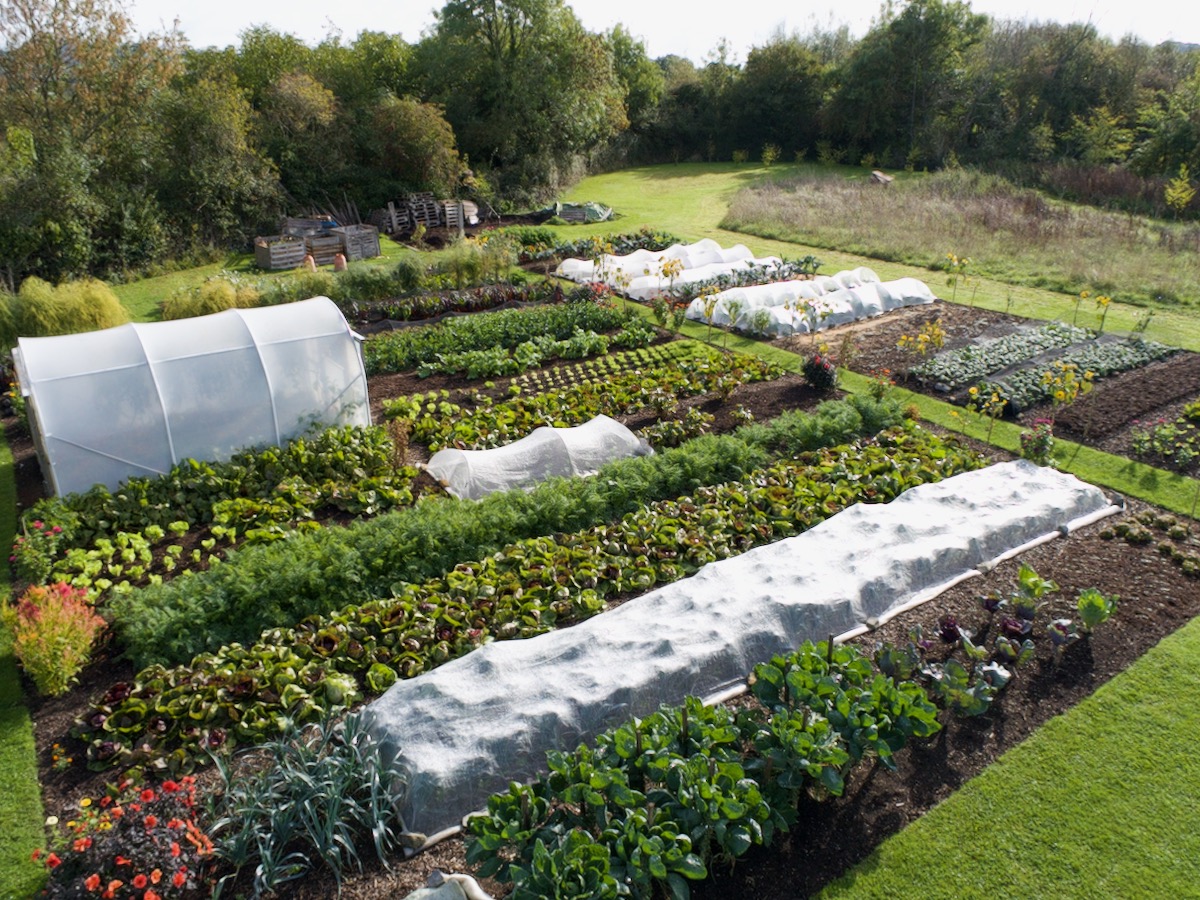

The weather has been consistently wet and dull. No dig has revealed many benefits such as decent drainage, fewer weeds, and steady growth in adverse conditions, albeit slow for new plantings.
Now we can look forward to easier conditions, at this halfway point between winter and summer. There is however a month or so of possible frost for many of us, and generally, it's not warm enough to grow outside any plants such as tomatoes, cucumbers, sweetcorn, and summer beans.

Propagation
Now is good to sow cucumbers for cropping under cover. Make sure you have sufficient WARMTH for their germination and ongoing growth. It's the same for melons and other cucurbits.
Tomatoes are tougher than cucumbers. They can mark time in cool, dull weather without being damaged.
Sow leeks 4–5 seeds per cell in module trays, or in lines outside in soil with not too many weed seeds. Sow celery, broad beans, peas for pods and shoots, lettuce, salad onions, cabbage, calabrese, cauliflower, beetroot and annual flowers such as dwarf French marigolds, zinnias, sunflowers and nasturtiums.

Be careful not to overwater your seedlings, unless you have bottom heat. Best not to water them when there is very little sunshine forecast.
Wait until 20th–25th April before sowing courgettes, sweetcorn and squash, and until May before sowing summer beans and cucumbers for cropping outside.Find many more sowing options in my Calendar.

Outside sowings
All potatoes want to go in before the end of April ideally, whatever their time of maturity.
Sow any of carrots, parsnips, leeks, lettuce, salad onions, radish, broad beans and peas.
**Best sow leeks, broad beans and peas as soon as you can, for bigger harvests.
You can sow parsnips as late as June, and carrots until early July.


Covers
Covers will stay on for two more weeks on average.Their role is to protect young seedlings from wind and pests such as rabbits. On any days of sun, they warm the soil and growth is stronger.
I just removed two from the cabbage and spring onions closest. I have the fleece on hoops as way to allow more air underneath and reduce slug numbers. However this means that some have blown off with wind a couple of times, and I may need to water by late April, because the domed shape sheds some rain.


Pests and disease
Vegetables are highly bred plants and often succumb to pest or disease. Covers are my go-to against pests, while diseases can be more complicated.
Garlic rust is looking bad here already, because of the incessant rain. I fear that the harvest will be small, except in the polytunnel.

Food and flowers
I was delighted to be invited by the flower farmers of Ireland, to give them a day course in no dig growing. The day was based at Swainstown Farm Co. Meath, which also boasts a magnificent no dig market garden for their farm shop.


Be ready to succeed!
Succession means having ready some seeds or plants to pop in as soon as any harvest finishes. For example, leeks after potatoes, purple sprouting broccoli after beetroot or broad beans, and cabbage after spinnach. I explain this and give great examples in this recent video.


Get Charles's advice in his free newsletter
& 10% off your first order in our shop




